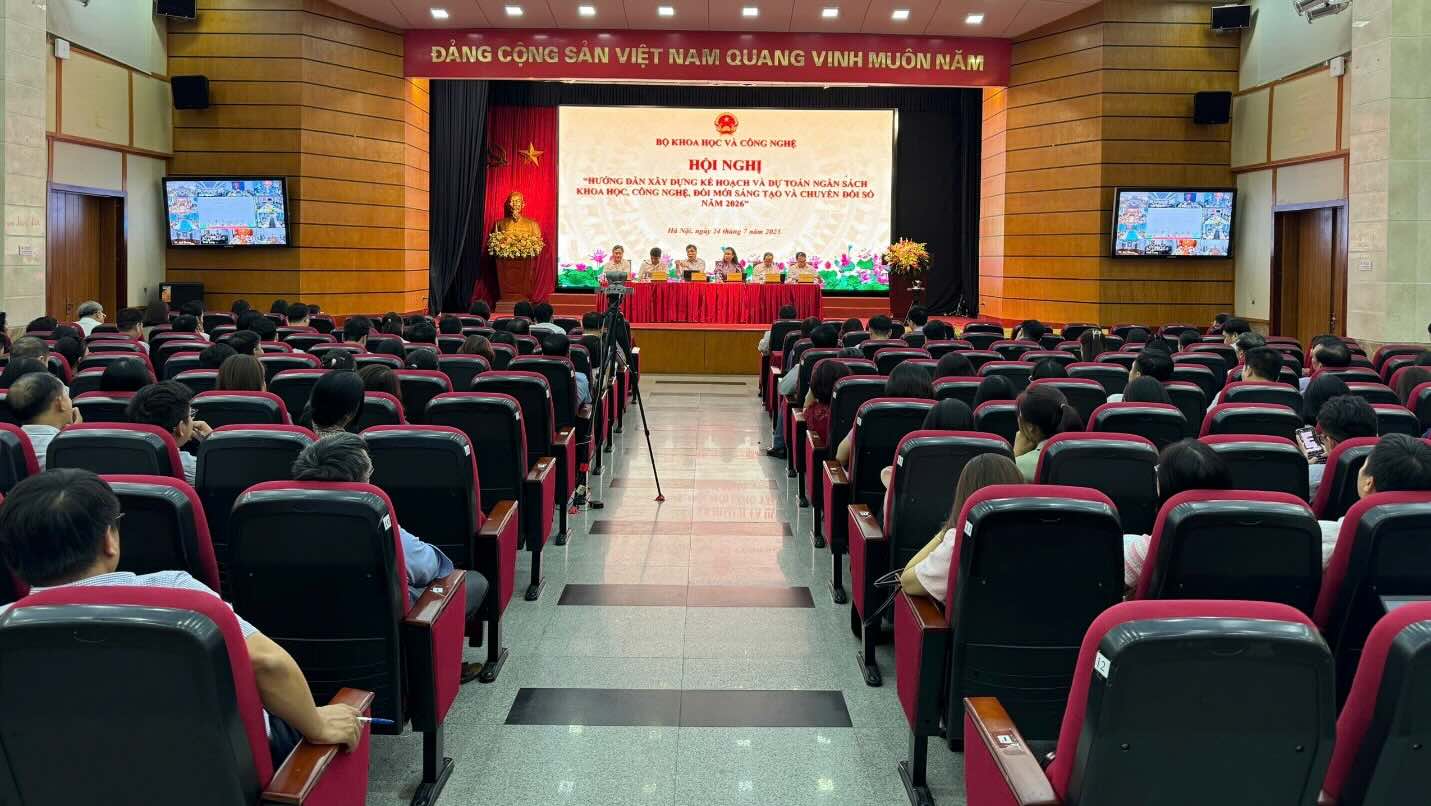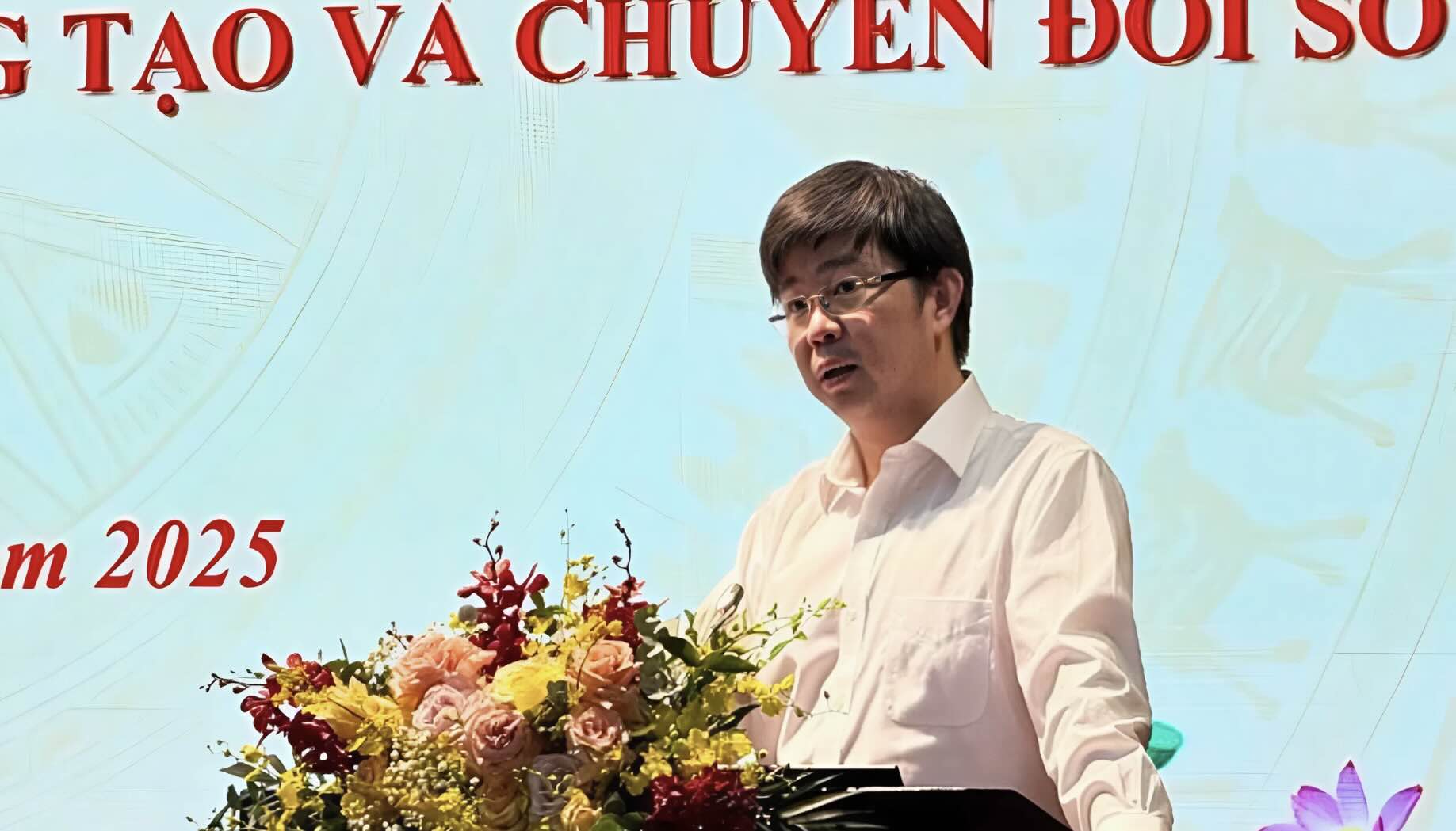
On July 25, the Ministry of Science and Technology (MTST) said that it had successfully organized a conference to guide the development of plans and budget estimates for 2026 in the fields of science, technology, innovation and digital transformation (S&D, CN, DMST and CDS).
This is a conference of special significance, taking place right at the time when ministries, branches and localities begin preparing for a new development phase after 2025.
Deputy Minister Bui Hoang Phuong emphasized that 2026 will be the first year to synchronously implement the provisions of the Law on Science, Technology and Innovation recently passed by the National Assembly. This Law marks an important step forward when for the first time integrating 3 pillars: science - technology, innovation and digital transformation into a unified policy system. Along with that, there are major orientations from Resolution 57-NQ/TW of the Politburo and Resolution 193/2025/QH15 of the National Assembly.

Although many localities have recently linked KH, CN, DMST and CDS with socio-economic development and appeared effective creative models, according to the Deputy Minister, these areas have not yet become a central driving force for development.
barriers in institutions, resources, human resources and infrastructure, although being removed, are still major challenges. The proportion of investment in science and technology in total state budget expenditure has increased, but the allocation between the fields of science and technology, technology and innovation and industrial parity is still unreasonable. Some ministries, branches and localities are still confused in integrating estimates, have not created a mechanism to encourage businesses to invest in technological innovation and have not made good use of support policies from the central government.
For that reason, at the conference, the Ministry of Science and Technology announced an official dispatch guiding the development of a plan and budget estimate for 2026. The key content is to plan in the direction of prioritizing focus, key points, increasing practicality, close to the requirements from the grassroots. The tasks need to be linked to national strategies such as: AI, semiconductor industry, digital government, digital economy, open data. At the same time, encourage the mechanism of "three houses" - state, scientists, and businesses to commercialize research results.
According to the forecast, if effectively implemented, KH, CN, DMST and CDS can contribute up to 5% to GDP growth, of which science and technology accounts for 1%, innovation is 3% and digital transformation is 1%.
The Ministry of Science and Technology affirmed that it will closely coordinate with the Ministry of Finance and localities in the process of making estimates and allocating budgets, ensuring that policies are practical, avoiding formality and creating clear momentum for socio-economic development in the coming period.











